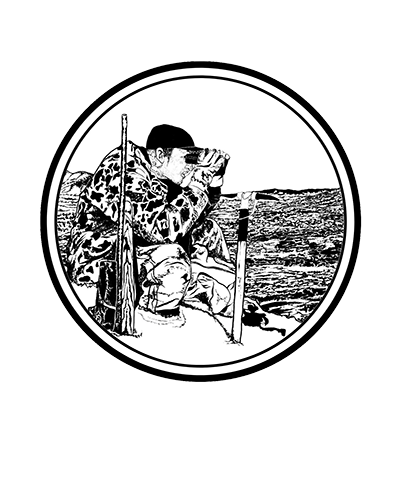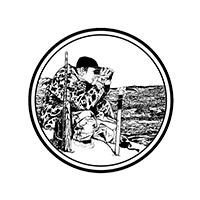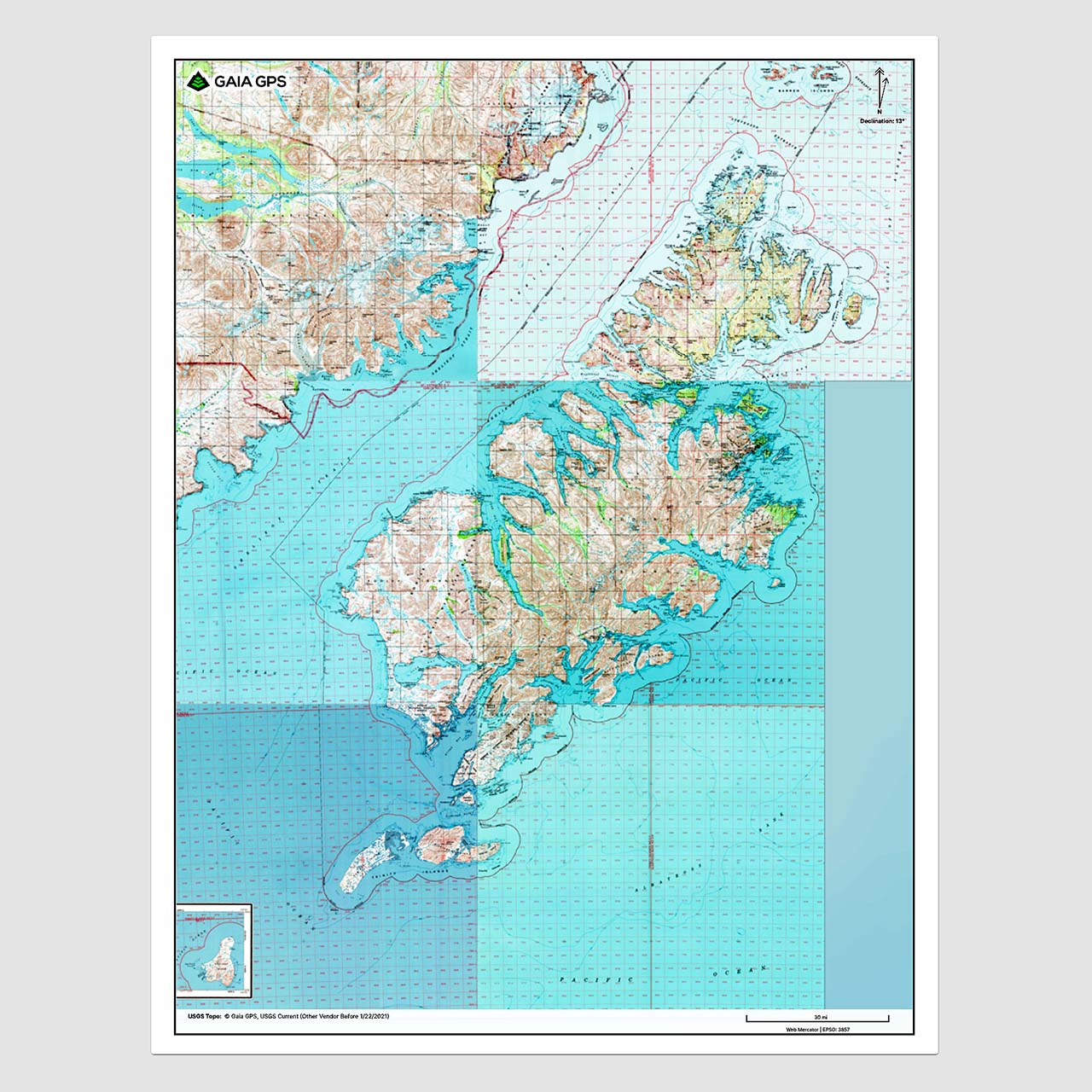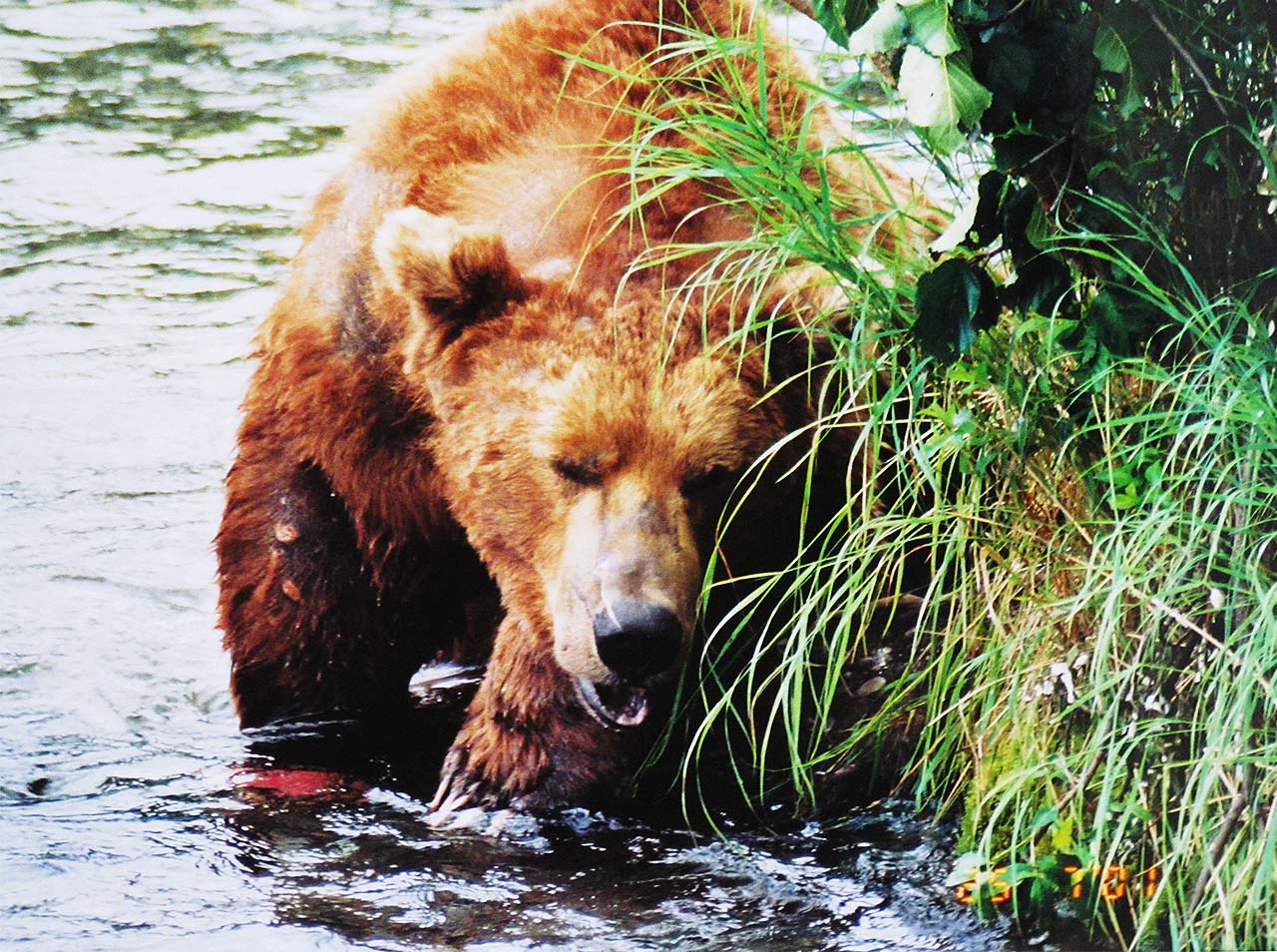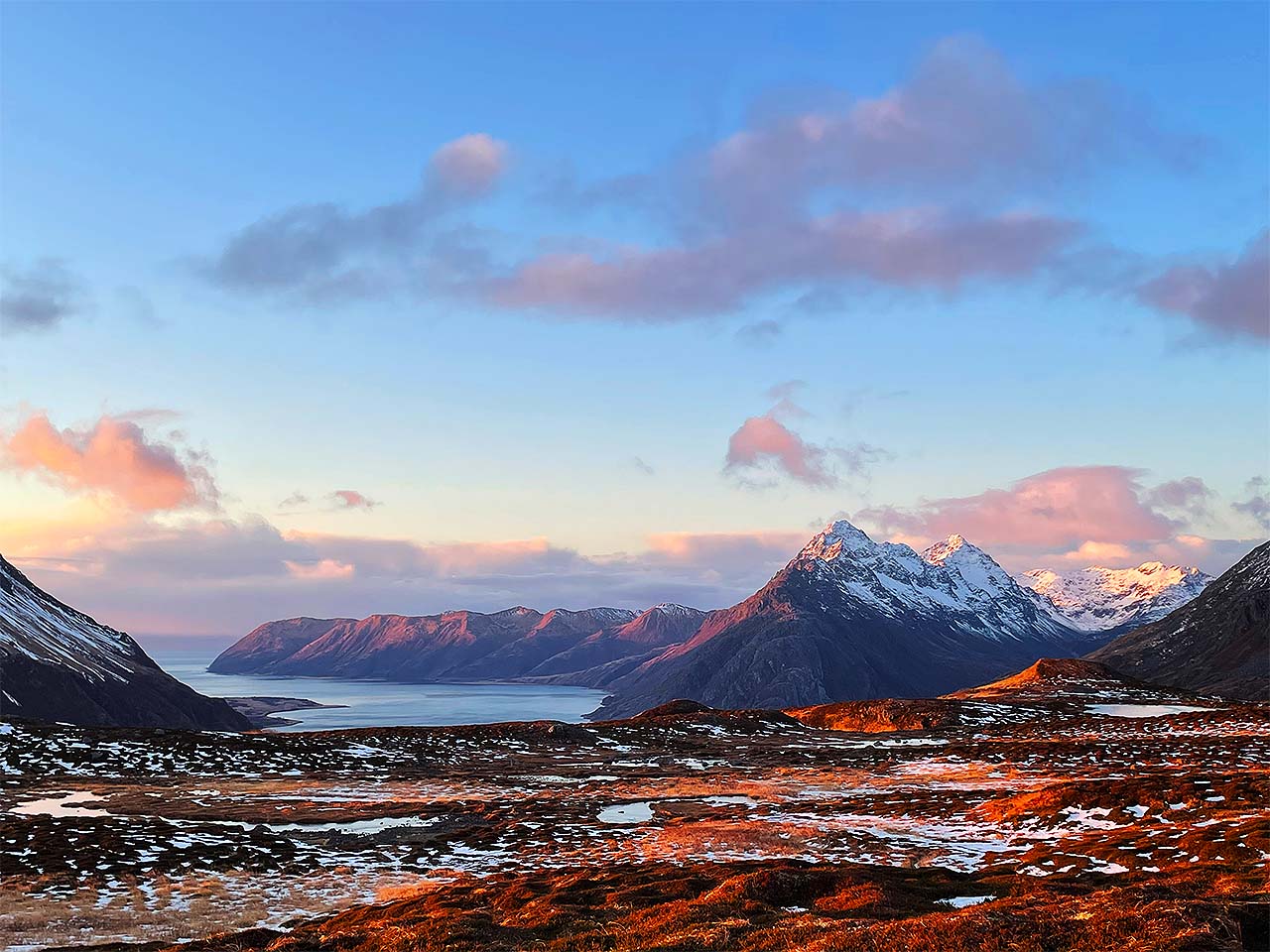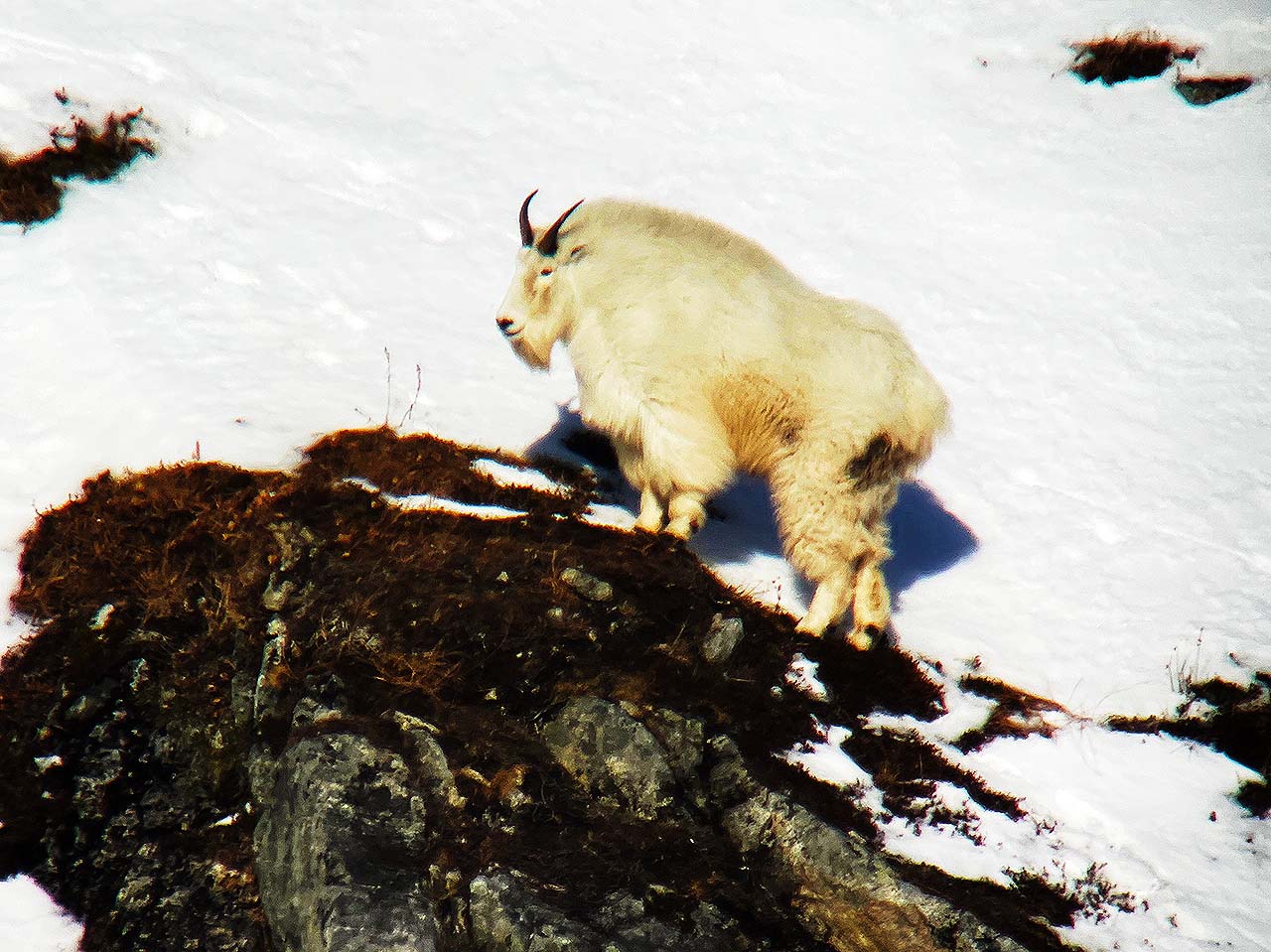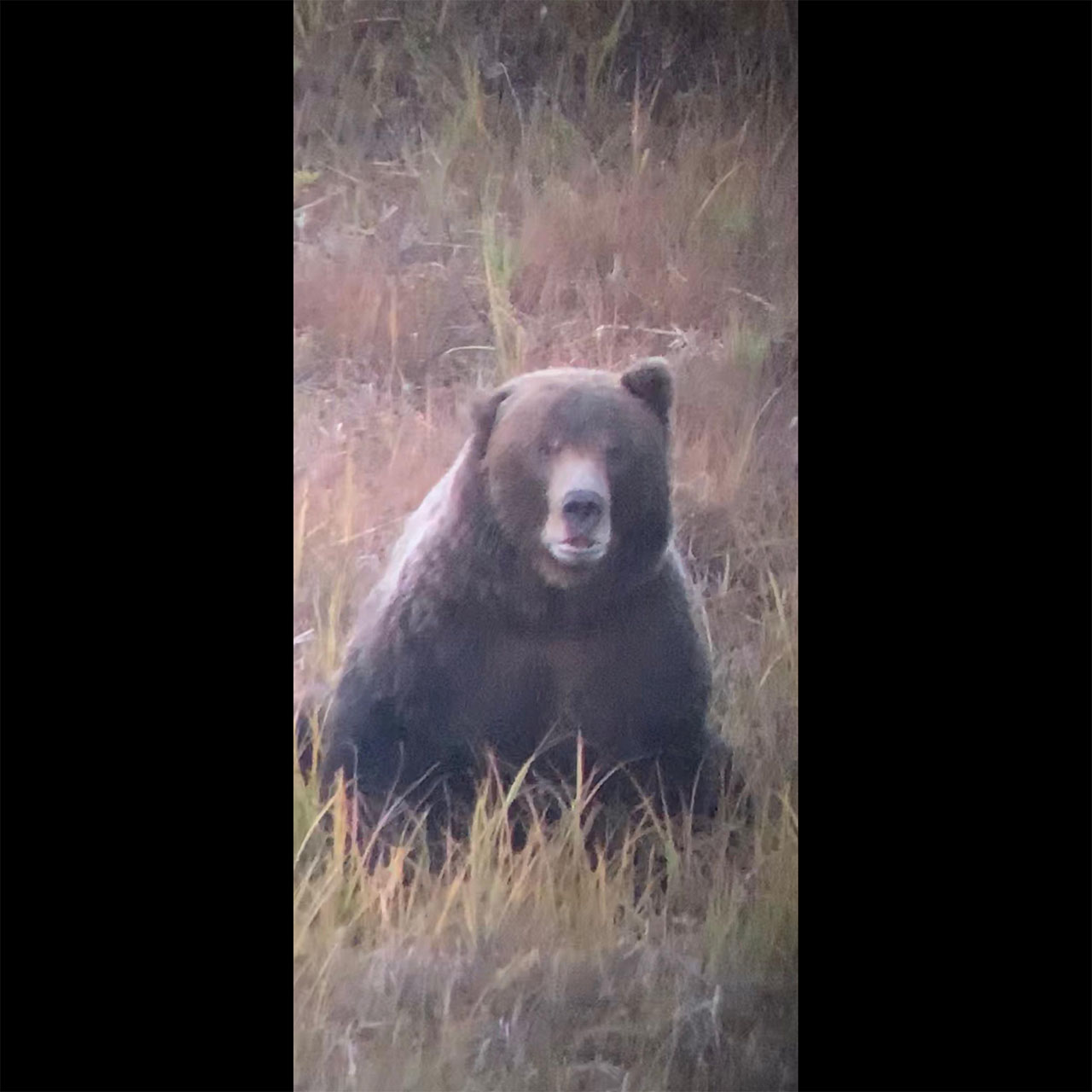We offer hunts for Brown Bear, Mountain Goat and Sitka Black-tailed Deer on the South East side of Kodiak Island, situated in the world-famous Kodiak National Wildlife Refuge. Joe Klutsch operates in a Sole Guide Use Area, where he has a U.S. Fish and Wildlife Service Special Use Permit for the Barling/Three Saints Bay guide area. We also hunt adjoining private land.
Joe’s guide area is some of the best brown bear hunting on the entire Island, and we have taken many B&C class bears over the years. It is extremely productive bear habitat, with very healthy populations of these amazing animals. Sitka blacktail deer are abundant here. The area is also home to a very strong population of mountain goats, and when you see the jagged peaks, you will understand why. There are several major salmon streams, with many smaller streams which get salmon runs as well, offering plenty of food for the areas bears. The huge amount of ocean shoreline in the area also provides excellent habitat for the bears, offering them ample food, from kelp to beached whales.
Kodiak National Wildlife Refuge consists of approximately 1.9 million acres is some of the most beautiful and at the same time harsh wilderness in all of Alaska. The variety of life in the ocean never ceases to amaze, from whales, sea lions, crab, countless species of fish to the myriad of bird life. Of course, the Kodiak Brown Bear is what Kodiak is most famous for (there are an approximately 3,5000 on the island, 3,000 of which are on the Refuge), and seeing these animals and hunting them is something words cannot do justice to. It will certainly leave a lasting impression on you. Simply put, there is nowhere else like Kodiak.
Despite the plethora of bird life, sea life and marine mammals, Kodiak Refuge is home to only 6 native species of land animals. These include the most famous resident of Kodiak, the Kodiak Brown Bear which is a distinct subspecies of brown/grizzly bear (Ursus arctos middendorffi),tundra vole, little brown bat, river otter, ermine, and red fox. Many non-native species live on Island and do quite well. According to the Refuge webpage “Between the 1920’s and 1960’s, several species of non-native mammals were introduced to increase subsistence and recreational opportunities in the archipelago. Eight species established, spread, and now commonly occur on the refuge. They are: Sitka black-tailed deer (Odocoileus hemionus sitkensis), mountain goats (Oreamnos americanus), Roosevelt elk (Cervus canadensis roosevelti), reindeer (Rangifer tarandus), beaver (Castor canadensis), red squirrel (Tamiasciurus hudsonicus), snowshoe hare (Lepus americanus), and pine marten (Martes americana). Populations of deer, elk, mountain goat, and snowshoe hare are now highly valued by sport and subsistence hunters. Some of these also are a source of management concern because of their potential to influence the quality of native fish and wildlife habitats.” There are also healthy populations of Bison on private lands owned by Old Harbor Native Corporation.
The purposes for which Kodiak National Wildlife Refuge was created are as follows: Under the Alaska National Interest Land Conservation Act (ANILCA), the purposes of Kodiak Refuge were further defined and expanded beyond the original purpose identified in the 1941 establishing order. Section 303(5)(B) of ANILCA states: The purposes for which the Kodiak National Wildlife Refuge is established and shall be managed include-
- Conserve fish and wildlife populations and habitats in their natural diversity including, but not limited to, Kodiak brown bears, salmonids, sea otters, sea lions and other marine mammals and migratory birds.
- Fulfill international treaty obligations of the United States with respect to fish and wildlife.
- Provide the opportunity for continued subsistence uses by local residents consistent with the primary purposes of the refuge.
- Ensure water quality and necessary water quantity within the refuge
Because of the special wilderness character of the Refuge, and because of our respect for all wild places, we practice Leave No Trace camping. I encourage you to read up on Leave No Trace guidelines before your trip. It is our goal to leave the Refuge intact for future generations. Kodiak is also home to many cultural and historical sites from the regions native Alutiiq people. We ask you to respect the cultural heritage of the area and if you find any artifacts, to not disturb them, leave them in place and report it to us so that we can inform the Refuge or private land manager.
For more information on Kodiak National Wildlife Refuge, please follow this link:
